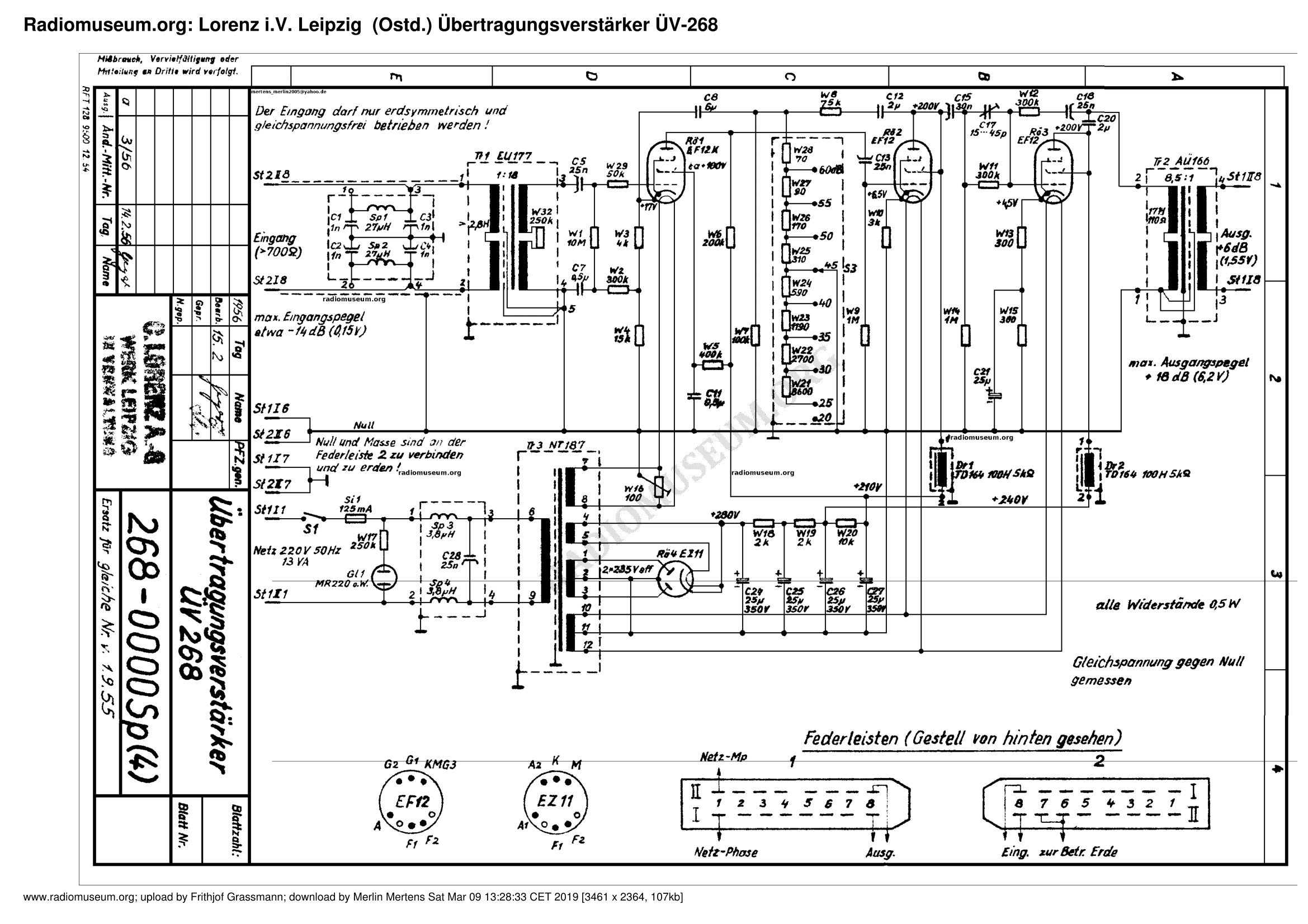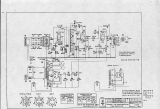Yes, I know about the V41, the gain switching of the V76 was developed from it and is almost the same. It is an elegant combination of feedback and cathode bypass gain changes.
Wise to use a later pentode type as the EF12 type has a much higher g2 current (partition noise), check the data sheets.
Breadboard the circuit, then try connecting before and after the cap, the results may well be different. I think I found some instability coonecting after the C9 cap.
Note that the feedback string is in an earthed metal box and that C17 has been put in for a reason maybe to tailor the response or cure a stability issue or both.
Find a triode that has the same spec as the E12 triode wired. An EC90 is close, but there are many other possibles.
Good luck
DaveP



























